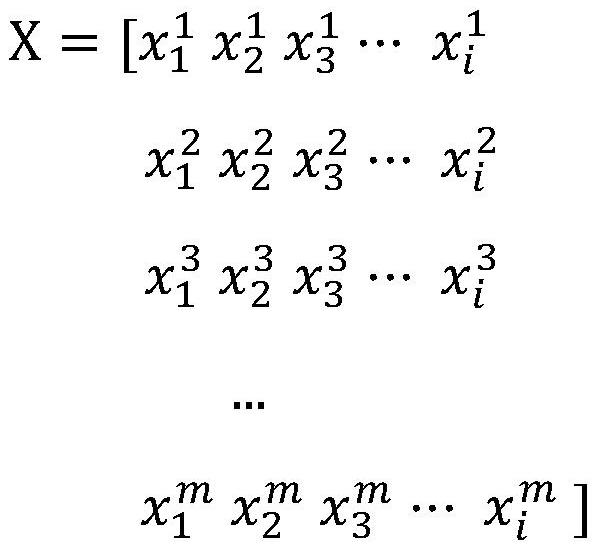Method for Quantitative Calculation of Concentration of Complex Spectral Components
A complex spectrum and quantitative calculation technology, applied in the field of quantitative calculation of the concentration of complex spectral components, can solve problems such as large amount of calculation, large deviation of complex system, and inability to meet the needs of data output, so as to improve the calculation speed, speed up the calculation speed, The effect of speeding up calculation speed and accuracy
- Summary
- Abstract
- Description
- Claims
- Application Information
AI Technical Summary
Problems solved by technology
Method used
Image
Examples
Embodiment Construction
[0042] In order to make the object, technical solution and advantages of the present invention clearer, the present invention will be further described in detail below in conjunction with the accompanying drawings and embodiments.
[0043] figure 1 The method for quantitatively calculating the concentration of complex spectral components of the present invention is schematically provided, including the following steps,
[0044] Step S1: collect the absorption spectrum of the pure substance, and perform characteristic peak extraction and correlation processing on the absorption spectrum to obtain different characteristic peaks of the pure substance and correlation functions between different characteristic peaks;
[0045] Therefore, the correlation processing is performed on the characteristic peaks of pure substances, so that the characteristic peaks of substances on the spectrum are no longer isolated factors, which is beneficial to speed up the calculation, and can eliminate...
PUM
 Login to View More
Login to View More Abstract
Description
Claims
Application Information
 Login to View More
Login to View More - R&D
- Intellectual Property
- Life Sciences
- Materials
- Tech Scout
- Unparalleled Data Quality
- Higher Quality Content
- 60% Fewer Hallucinations
Browse by: Latest US Patents, China's latest patents, Technical Efficacy Thesaurus, Application Domain, Technology Topic, Popular Technical Reports.
© 2025 PatSnap. All rights reserved.Legal|Privacy policy|Modern Slavery Act Transparency Statement|Sitemap|About US| Contact US: help@patsnap.com



